Why you'll love the Google Pixel 4 – and why it may not be for you
3 reasons you'll love it...and another 3 reasons you won't
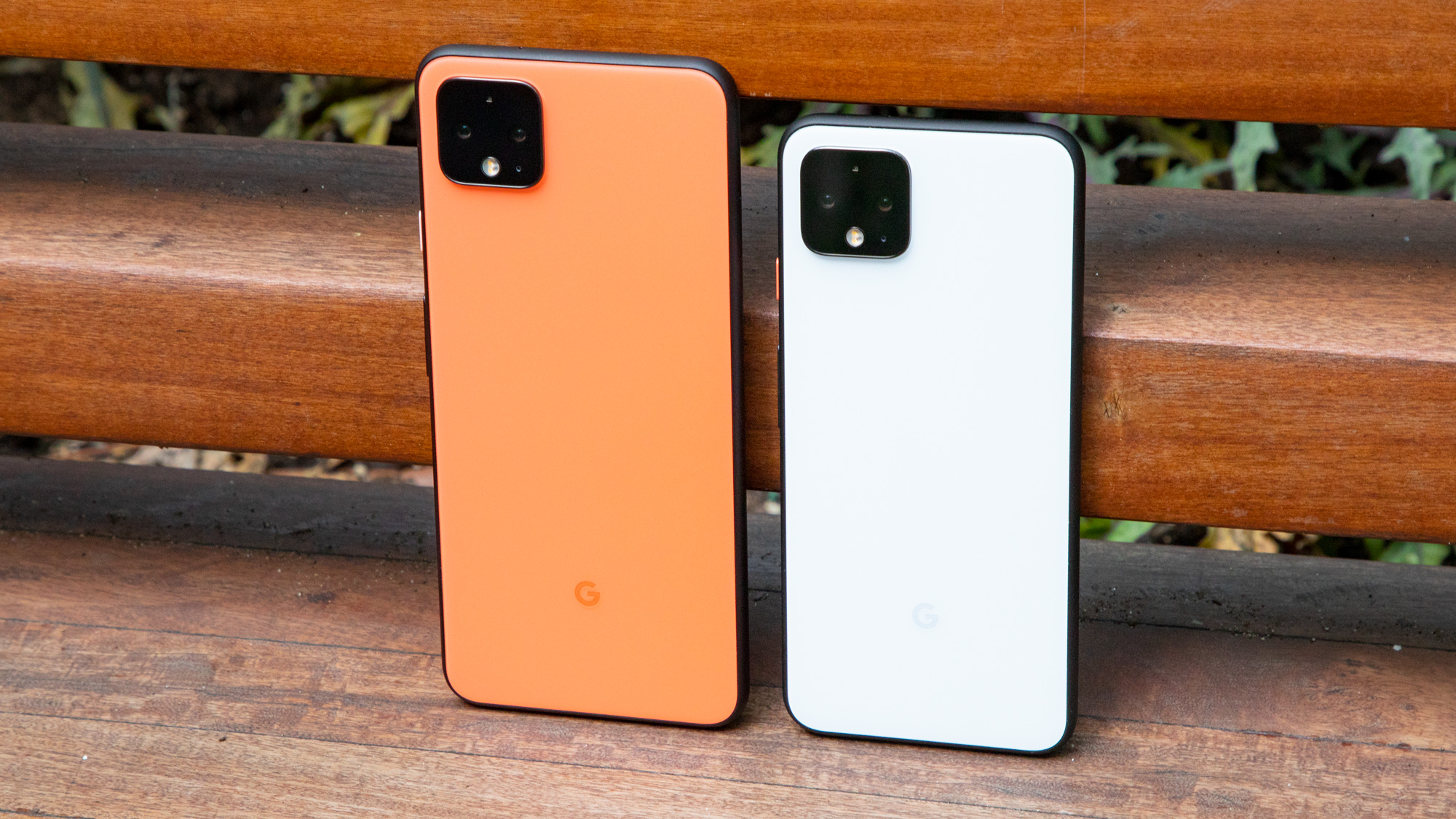
The Google Pixel 4 and Pixel 4 XL are camera-focused smartphones that go beyond 'mad science' photography, but you may still be deciding whether or not to upgrade. We don't blame you. There are a lot of choices among our best phones list.
It’s so easy to get caught up in the hype of a new camera and fun colors, but the Pixel 4 specs don't improve on last year’s phone in every department - its upgrades are focused on key areas.
In an effort to distill the pros and cons into a simple list, we’re going to highlight three things we love about the device and three things we don’t.
Let’s start with the things we love about the Google Pixel 4.
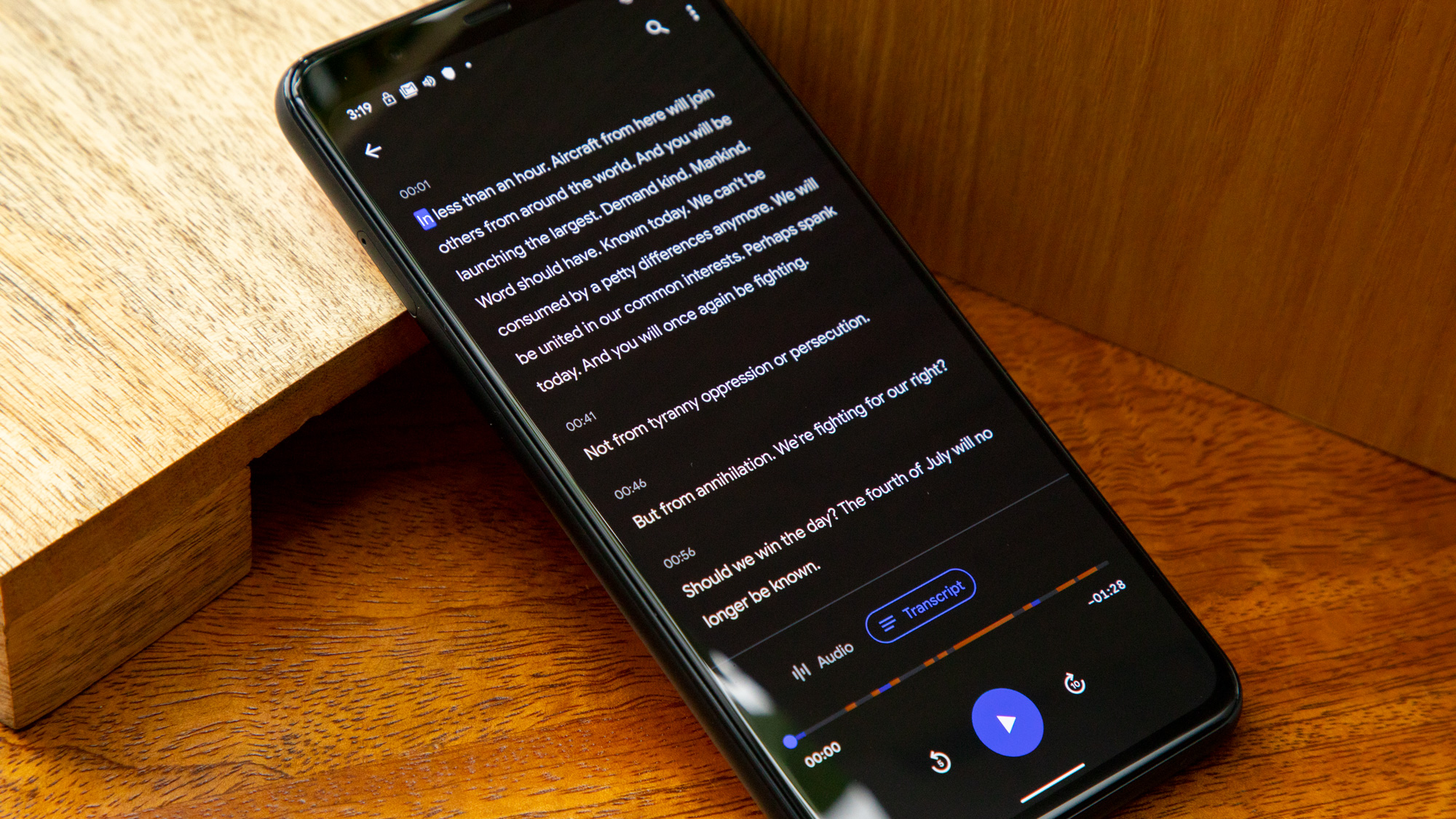
1. Transcribing notes on the Pixel 4
Pixel 4 features a Google Recorder app that can capture audio and turn it into text—as it’s happening. It might seem like a small or minor feature, but it’s a feature that other inferior third-party apps charge for, so could save you money in the long run.
Google Recorder seems like it was made for reporters and journalists. Let us tell you: manually transcribed interviews is a chore. Google Recorder should be really handy for anyone who needs to transcribe audio - or search for specific words within the transcribed text, which is also handy.
Taking notes in school, keeping track of office meetings, or dozens of other tasks can benefit from automated and real-time transcription. Once the audio is turned in to text, being able to search it for exact matches is key to making Google Recorder so useful.
Get daily insight, inspiration and deals in your inbox
Sign up for breaking news, reviews, opinion, top tech deals, and more.
Finally, the recording app is able to leave markers for the types of audio it’s hearing. This will make it easy to skip around between people talking and music playing, for example.
Maybe these Google Recorder features come to more devices in the future, but for now, it’s a huge deal and one of the reason we may always have a Pixel 4 on us when we go to launch events.
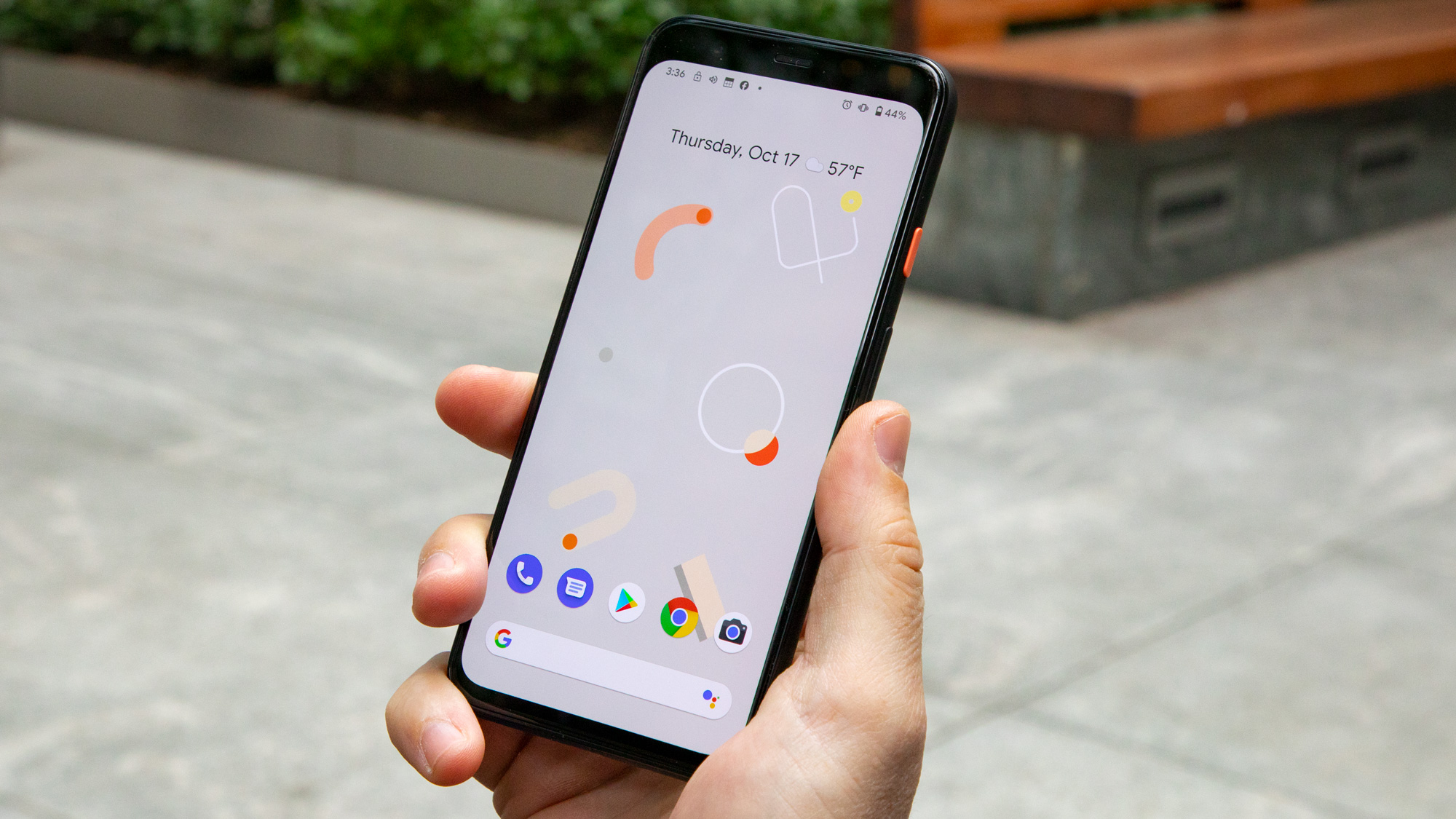
2. Screen refresh rate
It's hard to go back to playing mobile games or even enjoying scrolling a webpage on a 60Hz screen when you experience a 90Hz screen like the one on the Google Pixel 4.
Showing more frames per second means that the Pixel 4 display looks better, like we've seen on the OnePlus 7 Pro, OnePlus 7T and OnePlus 7T Pro. It comes down to the ability to show more robust animations and smoother scrolling.
This jitter-free display feature is something that's hard to grasp until you’ve seen it in person and then regret you don’t have it on your own phone.
Best of all, the refresh rate on the Pixel 4 is dynamic, so it will be switched on normally and then dialed back to 60Hz to save battery life in situations where an increased refresh rate won’t make a difference.
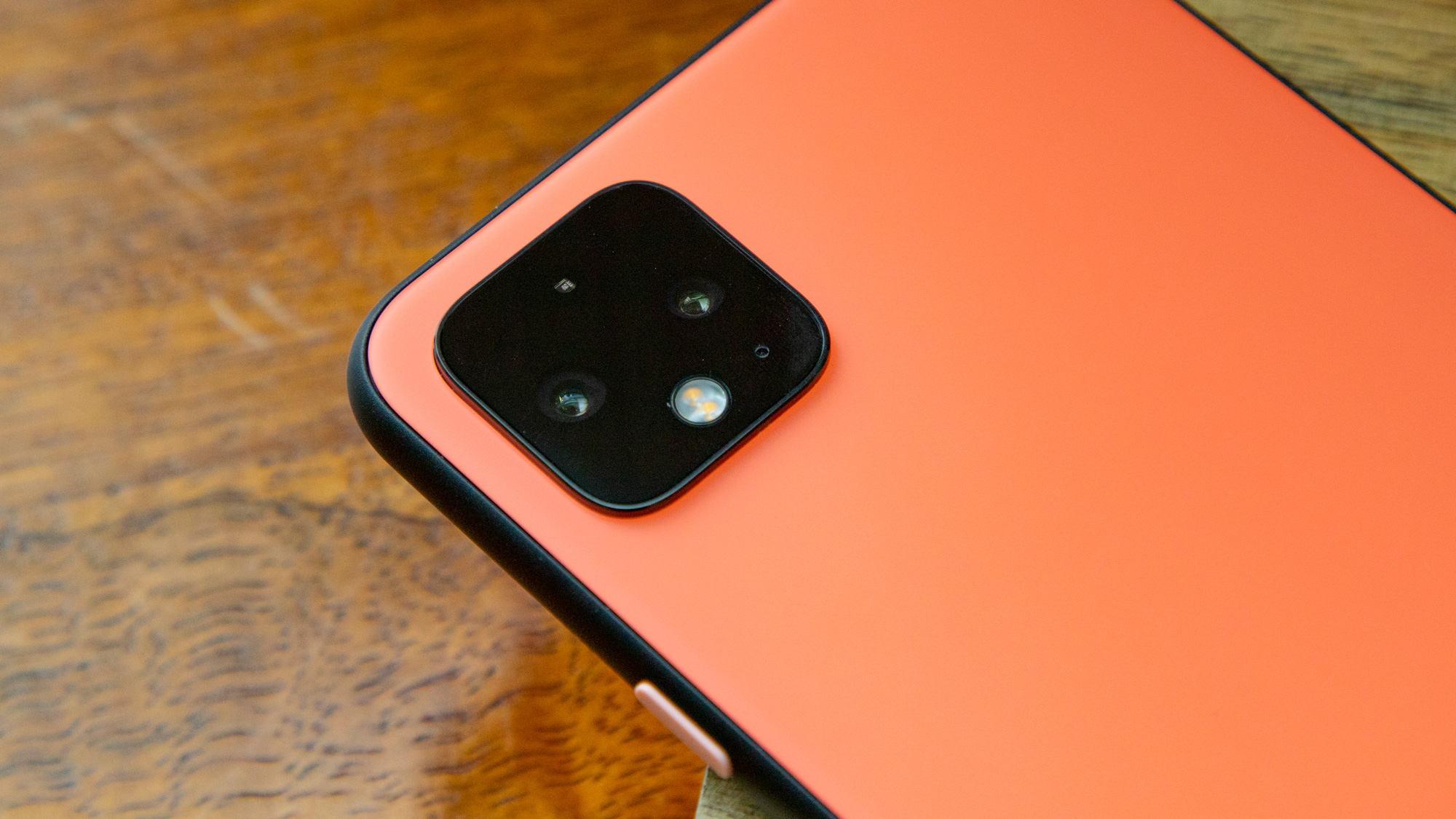
3. Obviously, the Google Pixel 4 camera
No surprise, the Google Pixel 4 camera is a highlight – we knew that from the leaks. Heck, we knew that was going to be a major perk even before the leaks.
What we now know about and love is the real-time Live HDR preview and Super Res Zoom that should make the 2x telephoto lens more useful compared to the digital zoom on last year's Pixel 4.
You may have noticed from the Pixel 4 specs: there are more software features than actual hardware tweaks. Regardless, all photos should be better with Frequent Faces detection and a bump in quality around portraits.
Even if the camera on the Pixel 4 only got a tiny bit better than the Pixel 3, it might still be the reason to jump in a pick up the latest phone.
Now for what we don’t like
On the flipside, these are the three things we don’t like, based on the specs and our hands-on time at the event. They may be enough to keep you away - or at least make you reconsider whether the Pixel 4's touted features are really worth the hype.
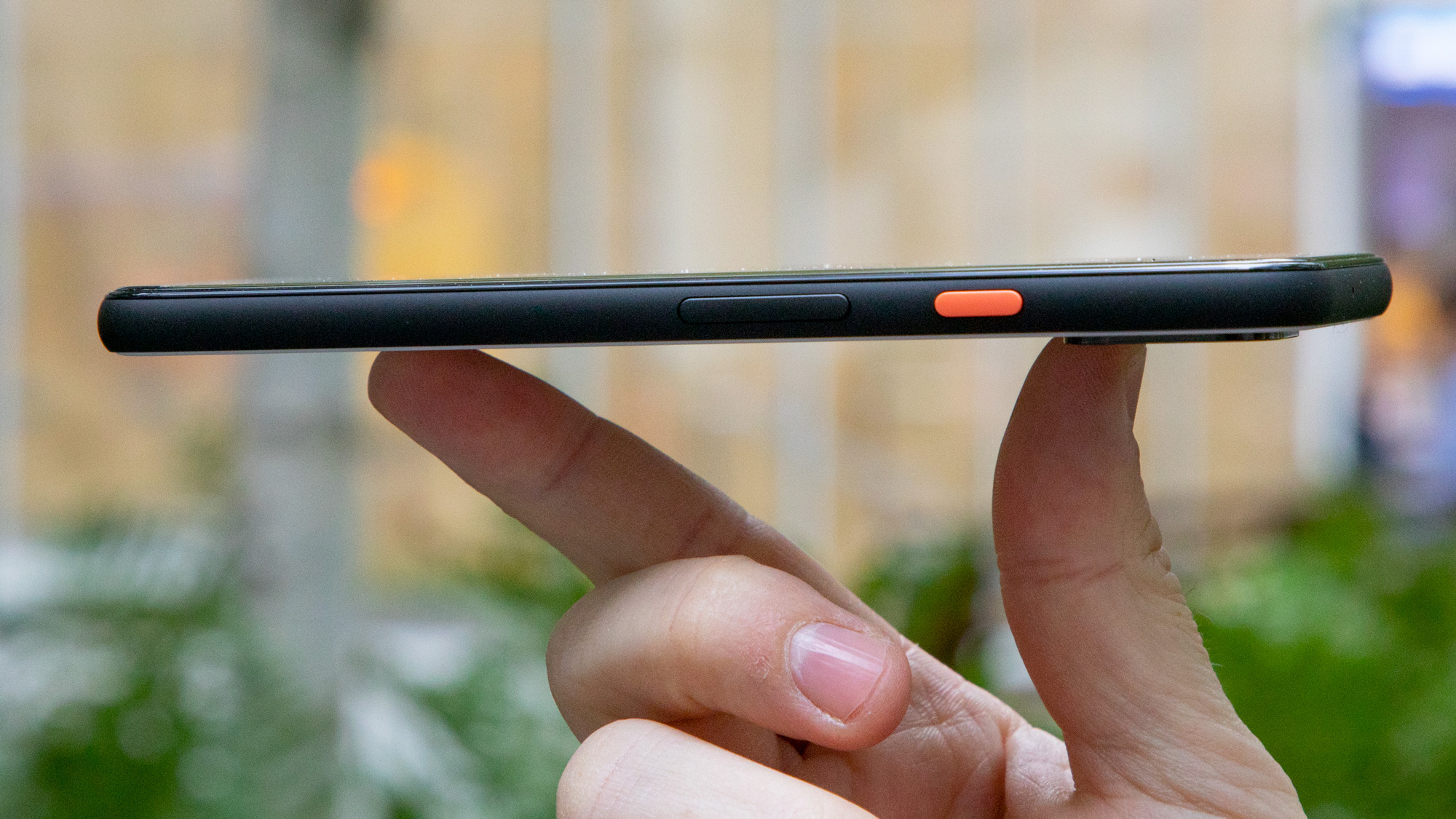
1. Storage starts at 64GB, ends at 128GB
For those who just assumed there will be plenty of storage, think again. The Pixel 4 only comes in 64GB or 128GB variants. To put that in perspective, the iPhone 11 price is $849 with 256GB of storage – or $50 less than the Pixel 4 is with only 128GB.
The point is not to compare iPhone and Pixel phones, but not even having the option of purchasing more on device storage seems peculiar. If the argument is that photos can be offloaded with the free online photo storage, it should be noted that Google is no longer offering free unlimited storage of photos at original quality. Photos will be stored at high quality by default.
It’s a strange move considering you can still buy a Pixel 3 for $499 and get free unlimited photo storage with original quality photos.

2. Motion Sense
The new Motion Sense controls to handle music shuffling and dismiss timers works fairly well, but the day-to-day practically is suspect. The idea feels limited and is in no way a reason to buy the Pixel 4.
What gets us is that Google really hyped the feature as the world's first smartphone with radar inside. And yet the trade-off is a large forehead above the display when a lot of other phones are finding ways to get rid of ugly bezel and even notches.
It's hard to get excited about Motion Sense – unless you're a big Pokemon fan. We'll admit, having motion controls to wave at a Pokemon on the wallpaper is going to sell some people on this phone. Seriously, it waves back.
But we're hoping this is just the start and that Google can do away with the phone's forehead bezel by the time the Google Pixel 5 comes out next year.

3. That worryingly small battery
The Pixel 4 and Pixel 3 are almost identical in physical size, and yet the new phone has a battery capacity that’s just 2,800mAh – or, shockingly, 115mAh smaller than the previous version.
Google rate this year's Pixel and last year's version with the “all day” label, but there’s something about decreasing the size of such an important component that just doesn’t sit right. The Pixel 4 battery is the smallest since the original Pixel in 2016 —which had a battery with 2,770mAh.
Google is likely trying to offset the smaller physical size of the phone battery with software tweaks and improvements, but that doesn’t change the fact that the battery life could have been that much better with one the same size or bigger. We're not quite calling the Pixel 4's battery life a deal breaker, but we don’t love that it actually shrunk on the smaller version - and it doesn't last too much longer on the larger XL despite its 3,700mAh capacity.
Google Pixel 4: compromises, caveats and cameras
Clearly, the Pixel 4 gets a lot of things right. It's poised to be the ideal for someone who is looking to drop their DSLR or mirrorless camera and pick up a silk-smooth-looking 90Hz screen and an awesome Transcribe app in the process. So, basically, journalists will love this.
That doesn't discount the fact that there's limited on-device storage, rather gimmicky motion controls, and a very small battery in the standard Pixel 4. It's a simple-looking phone filled with compromises, yet is still a flagship device that will please Pixel lifers and casual camera fans.
Tyler Hayes is a Freelance Journalist and Contributor and has experience with corporate communications handling marketing, executive messaging, and PR initiatives for multiple companies. Besides heavily contributing to Fast Company, he has also written for PCMag, Fatherly, Paste, Lifewire, Billboard, Mic, The Week, The Next Web, Fortune, Tools & Toys, Shondaland, and many other well-known publications.
